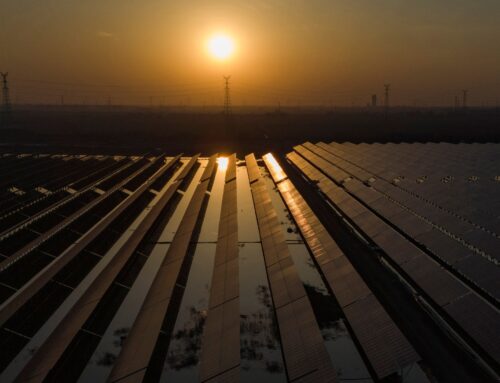Solar panel efficiency record broken in big boost for renewable energy
October 7, 2025
Scientists in Sydney have smashed the efficiency record for a new type of solar panel.
The breakthrough was made using perovskite, which has been hailed as a ‘miracle material’ for its potential to vastly improve everything from telecommunications to renewable energy.
A team at the University of Sydney achieved an efficiency of 27.06 per cent with a triple-junction perovskite-perovskite-silicon tandem solar cell, while also setting new standards for durability for the material.
“It is an exciting time for solar research,” said Anita Ho-Baillie, a professor at the University of Sydney’s Nano Institute and School of Physics, who led the research.
“Perovskites are already showing us that we can push efficiencies beyond the limits of silicon alone. These advances mean we are moving closer to cheaper, more sustainable solar energy that will help power a low-carbon future.”
Perovskites are increasingly used in photovoltaic research, as they are able to capture more of the solar spectrum when stacked alongside silicon, which is the material used in conventional solar panels.
The next-generation material is also more cost efficient, however they can be difficult to scale beyond a laboratory setting due to its tendency to degrade more quickly than silicon-based solar panels.
The new record was achieved by reengineering the chemistry of the perovskite material and redesigning the triple junction design.
The upgrades made the solar cell less prone to defects and degradation, which are important steps to overcoming barriers to commercialising the technology.
“We improved both the performance and the resilience of these solar cells,” Professor Ho-Baillie said.
“This not only demonstrates that large, stable perovskite devices are possible but also shows the enormous potential for further efficiency gains.”
In tests, the new solar cell was able to retain 95 per cent of its efficiency after more than 400 hours of continuous operation under light.
The breakthrough was published on Tuesday in the scientific journal Nature Nanotechnology, in a study titled ‘Tailoring nanoscale interfaces for perovskite-perovskite-silicon triple-junction solar cells’.
Search
RECENT PRESS RELEASES
Related Post



